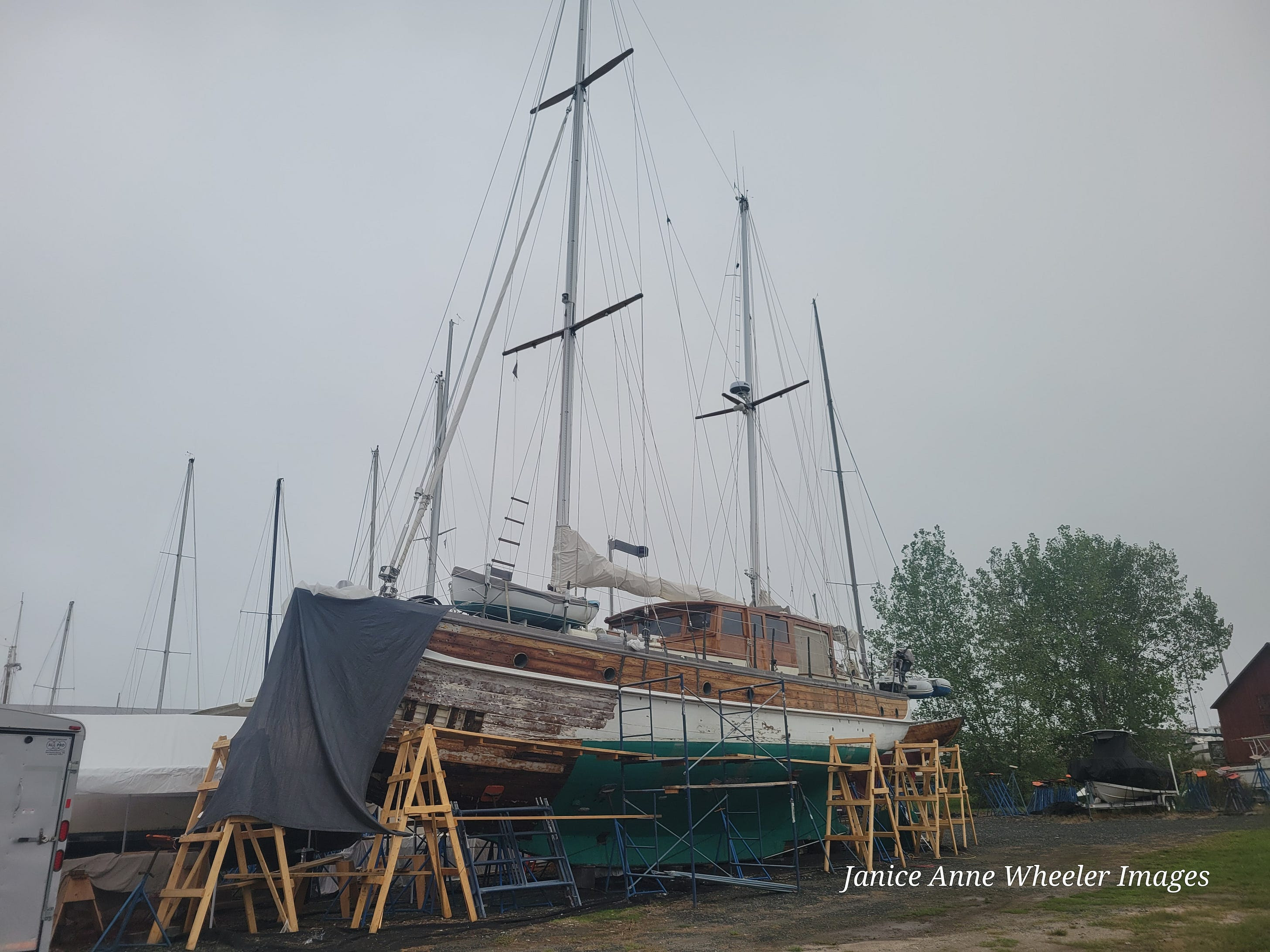Fishermen’s Village Shops/Boutiques/Restaurants to reopen Friday, November 1st
Punta Gorda, FL—Fishermen’s Village management announced today they plan to reopen the retail and dining establishments at the property on Friday, November 1st.
Fishermen’s Village has been in clean up and recovery mode following Hurricane Milton. The Village team of employees along with multiple service contractors have worked tirelessly to prepare the property for reopening. Since the holidays are just around the corner, staff has also been installing lights and décor for the annual Lighting of the Village and Festival of Lights Celebration (which kicks off November 16th).
General Manager, Patti Allen reflected by saying “We are thrilled to have made significant progress on our clean up and recovery efforts thanks to the dedication of our family of employees and merchants. We thank the community for their concern and well wishes and look forward to seeing everyone shopping and dining at our independently owned businesses which are the heart of the Village”!
The Suites at Fishermen’s village will be partially reopened as of November 1st.
King Fisher Fleet and Your Boat Club will reopen Friday, November 1st; however, the Marina and Fuel Dock will be temporarily closed until further notice.
For more information, visit fishermensvillage.com as well as our social media channels.
…
[Message clipped] View entire message
Click Here To View the Western Florida Cruisers Net Marina Directory Listing For Fishermen’s Village
Click Here To Open A Chart View Window Zoomed To the Location of Fishermen’s Village
























































Be the first to comment!